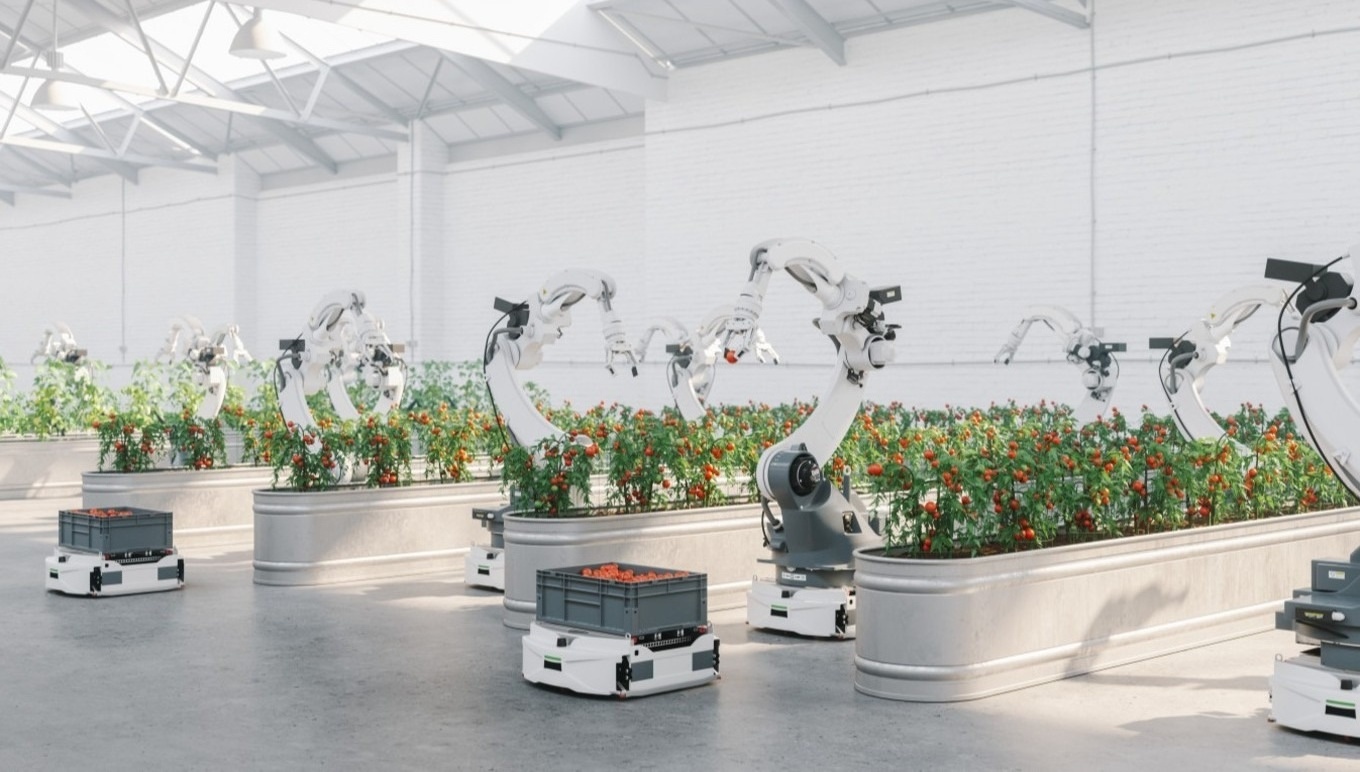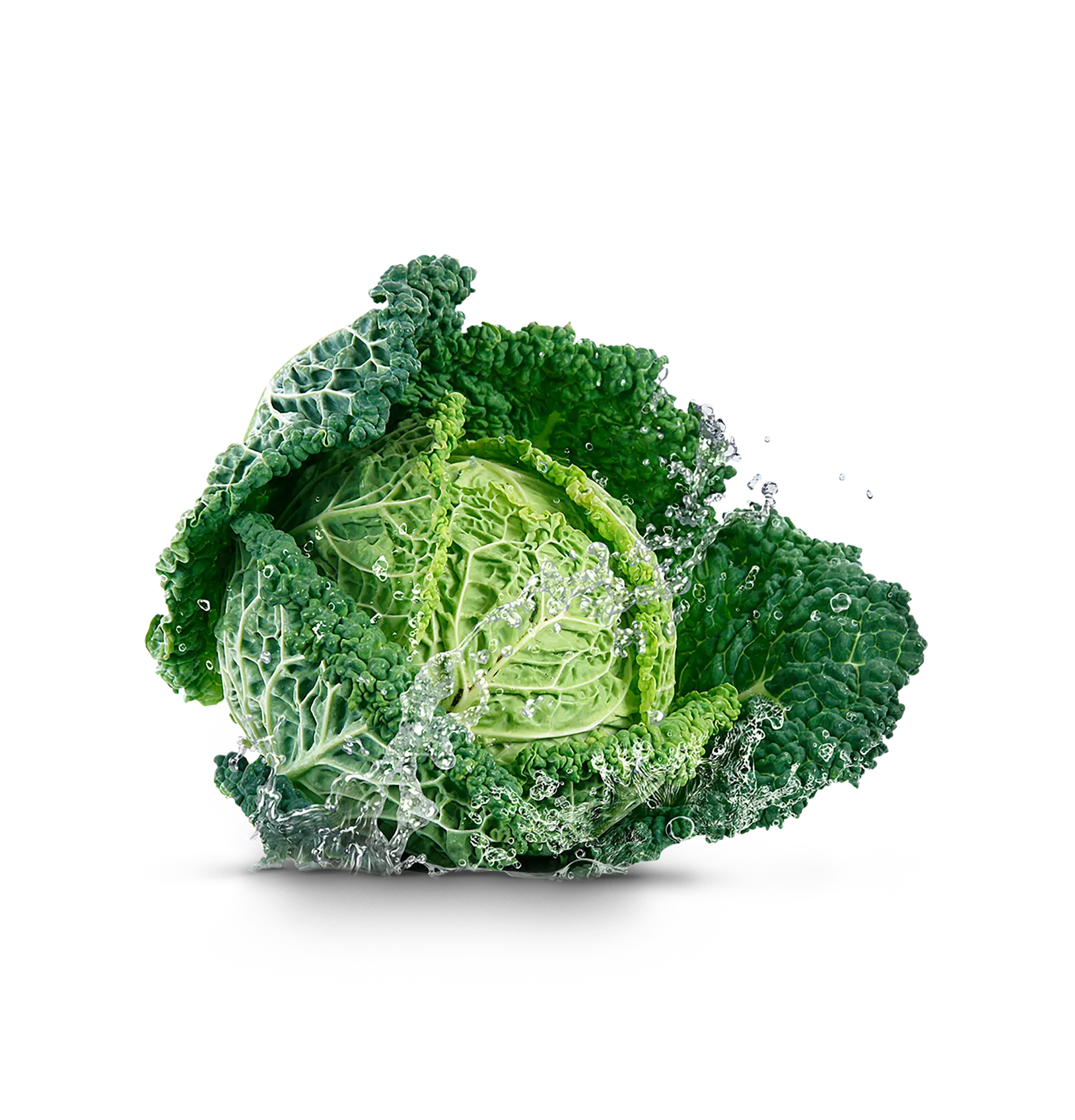4 tendances technologiques émergentes dans l’agriculture pour définir l’avenir de l’agriculture
4 tendances technologiques émergentes dans l’agriculture pour définir l’avenir de l’agriculture
4 tendances technologiques émergentes dans l’agriculture pour définir l’avenir de l’agriculture
15 Févr 2022
 John McCurdy | Senior Content Writer, Marketing
John McCurdy | Senior Content Writer, Marketing
L’agriculture a parcouru un long chemin depuis ses humbles débuts il y a plus de 10 000 ans. Alors que nos ancêtres ont développé des pratiques rudimentaires pour la culture de base de plantes comestibles, aujourd’hui, nos opérations agricoles impliquent l’application minutieuse de divers principes scientifiques et certains des développements technologiques les plus passionnants sur le marché.
Les effets positifs de ces progrès sont variés, allant de l’augmentation des rendements et des récoltes à la réduction des déchets et à la réduction de l’empreinte carbone. Les entreprises du secteur de l’alimentation et des boissons tournées vers l’avenir investissent déjà dans des outils agricoles de pointe pour prendre l’avantage sur la concurrence, et il y a de fortes chances que votre entreprise puisse bénéficier de la même chose.
Dans cet article, nous vous donnons des informations sur quatre des technologies émergentes les plus prometteuses dans le domaine de l’agriculture. L’agriculture de demain est déjà là aujourd’hui – lisez la suite pour en savoir plus sur les nouveaux gadgets et systèmes qui stimulent le progrès et permettent d’obtenir de meilleurs résultats pour des organisations comme la vôtre.
1. Imagerie aérienne
Les agriculteurs prennent de plus en plus le ciel pour garder un œil sur leurs cultures. Bien que personne ne quitte réellement le sol, les drones et les satellites qui surveillent les champs et recueillent des données sur tout, de la biomasse et de la hauteur des plantes à la présence de mauvaises herbes et au niveau de saturation en eau, gagnent en popularité.
De plus, les appareils d’imagerie aérienne peuvent utiliser la technologie des systèmes d’information géographique (SIG) pour analyser l’efficacité des plans d’irrigation et leurs effets sur la dégradation des terres, l’érosion et le drainage. Et des visuels si nets qu’ils permettent d’évaluer le feuillage d’une plante individuelle sont non seulement tout à fait possibles, mais ils sont activement utilisés pour détecter les ravageurs et les maladies afin que les cultures puissent être sauvées des menaces environnementales.
En ce qui concerne les différences entre les cas d’utilisation des drones et des satellites, les deux peuvent accomplir la plupart des fonctions critiques de la technologie d’imagerie aérienne, mais chacun a ses avantages et ses inconvénients. Les drones peuvent généralement capturer et relayer des informations plus rapidement, mais ils peuvent être d’un coût prohibitif et ne peuvent pas couvrir de grandes parcelles de terrain à la fois. Les satellites peuvent effectuer des images spectrales pour analyser la teneur en chlorophylle et en azote, mais l’accès et la disponibilité sont parfois limités en raison des pannes et de la couverture nuageuse.
2. Machines automatisées et robotique
L’image mentale d’un agriculteur conduisant un tracteur à travers ses champs vient facilement à l’esprit, mais le fait est que la présence d’un humain n’est plus nécessaire. Les tracteurs autonomes sont désormais une réalité, tout comme les petits véhicules robotisés qui peuvent se faufiler entre les rangées de cultures et analyser rapidement les conditions et relayer les informations vers une base de données centrale.
Le leader des machines agricoles John Deere a récemment annoncé son nouveau tracteur autonome 8R, et cette technologie pionnière est prête pour une production à grande échelle et devrait être disponible à l’achat pour les agriculteurs plus tard en 2022. Pendant ce temps, des entreprises comme Harvest Automation et Nexus Robotics ont développé des robots pour la cueillette de produits délicats et l’élimination des mauvaises herbes, respectivement.
Il existe de nombreuses autres applications pour les machines automatisées, notamment la plantation, l’arrosage et l’application d’engrais et de pesticides. À l’instar des drones, bon nombre de ces appareils restent coûteux à acquérir et à entretenir, mais un avenir dans lequel les exploitations agricoles pourront envoyer leur flotte robotique pour s’occuper de leurs usines n’est peut-être pas si éloigné.
3. Capteurs de sol de l’Internet des objets
La réalisation d’une plus grande connectivité dans l’agriculture a le potentiel d’avoir un impact considérable, McKinsey & Company prédisant qu’une infrastructure plus connectée pourrait entraîner une augmentation de 500 milliards de dollars du produit intérieur brut mondial. Les appareils de l’Internet des objets (IoT) sont un élément clé de cette vision, et certains des produits les plus précieux de cette catégorie comprennent les capteurs de sol.
Parce que la composition du sol a un impact énorme sur la qualité des fruits et légumes produits, il est crucial d’obtenir des équilibres chimiques et une teneur en humidité parfaits pour optimiser les résultats. Les équipements sur le marché aujourd’hui de fabricants comme Monnit et Sensorex peuvent mesurer avec précision les variables clés et informer les interventions nécessaires.
Au-delà de leur fonction de surveillance des conditions pour maintenir les usines en meilleure santé, les capteurs IoT ont l’avantage supplémentaire de réduire la charge de travail physique des employés sur le terrain. Les lectures sont transmises automatiquement et instantanément au système central mis en place par l’entreprise, ce qui représente une méthode beaucoup plus efficace que les moyens manuels.
4. Hydroponie et agriculture verticale
Comme nous l’avons abordé dans un article précédent, les avantages de l’agriculture hydroponique sont nombreux, avec de meilleurs rendements, une consommation d’eau réduite et même un meilleur goût et une meilleure texture des produits finis. Lorsqu’elles sont combinées à l’agriculture verticale, les possibilités sont prometteuses : des sources fiables de produits frais et sains, même dans les centres urbains surpeuplés, sont déjà en activité grâce à des marques comme Bowery Farms et Plenty.
Les plantes cultivées avec des méthodes hydroponiques n’ont pas besoin de systèmes racinaires étendus, ce qui leur permet de consacrer plus d’énergie à la production de feuilles et de fruits. Ils atteignent également la maturité plus rapidement et sont à l’abri des ravageurs et des maladies grâce à leur culture en intérieur.
Et en ce qui concerne la durabilité, l’empreinte réduite des fermes verticales leur permet d’être placées plus près ou même dans des zones à forte densité de population, ce qui réduit le besoin de transport et les émissions nocives qui y sont associées. Ces installations peuvent également avoir un cycle de croissance tout au long de l’année, ce qui les rend plus efficaces et capables de livrer des articles qui seraient autrement hors saison, quel que soit le climat local.
Préparer le terrain avec la bonne solution
Que votre organisation soit prête à déployer certaines de ces nouvelles technologies ou simplement intéressée à travailler avec des partenaires de la chaîne d’approvisionnement qui l’ont déjà fait, vous aurez besoin de la bonne base numérique pour le faire. Pour cela, il n’y a rien de mieux qu’une solution de planification des ressources d’entreprise (ERP) spécifique à l’industrie d’un fournisseur qui connaît le marché de l’alimentation et des boissons sur le bout des doigts.
Chez Aptean, nous nous sommes appuyés sur des décennies d’expertise collective et une compréhension approfondie des meilleures pratiques pour créer notre ERP alimentaire spécialisé. Le système est doté d’une suite complète de fonctionnalités robustes, dont plusieurs spécifiques aux entreprises de produits frais, comme le suivi des consignations et un portail pour les producteurs.
De plus, en ce qui concerne l’introduction de nouvelles technologies dans vos opérations, nous avons commencé avec un framework Microsoft Dynamics 365. Cela garantit que notre produit peut être mis à jour de manière transparente et qu’il est toujours à la pointe de l’intégration avec de nouveaux appareils et systèmes complémentaires. De plus, il s’appuie sur nos équipes informatiques dédiées et nos serveurs redondants, ce qui vous offre une plate-forme fiable et interfonctionnelle pour la gestion des données et l’exécution des processus critiques.
Êtes-vous prêt à en savoir plus sur l’ERP Aptean Food & Beverage et sur la façon dont il facilite le travail avec les dernières technologies agricoles ? Contactez-nous dès aujourd’hui.
Commencez à transformer votre entreprise de produits frais
Prêt à faire passer votre entreprise à la vitesse supérieure ? Vous pouvez compter sur nous.



